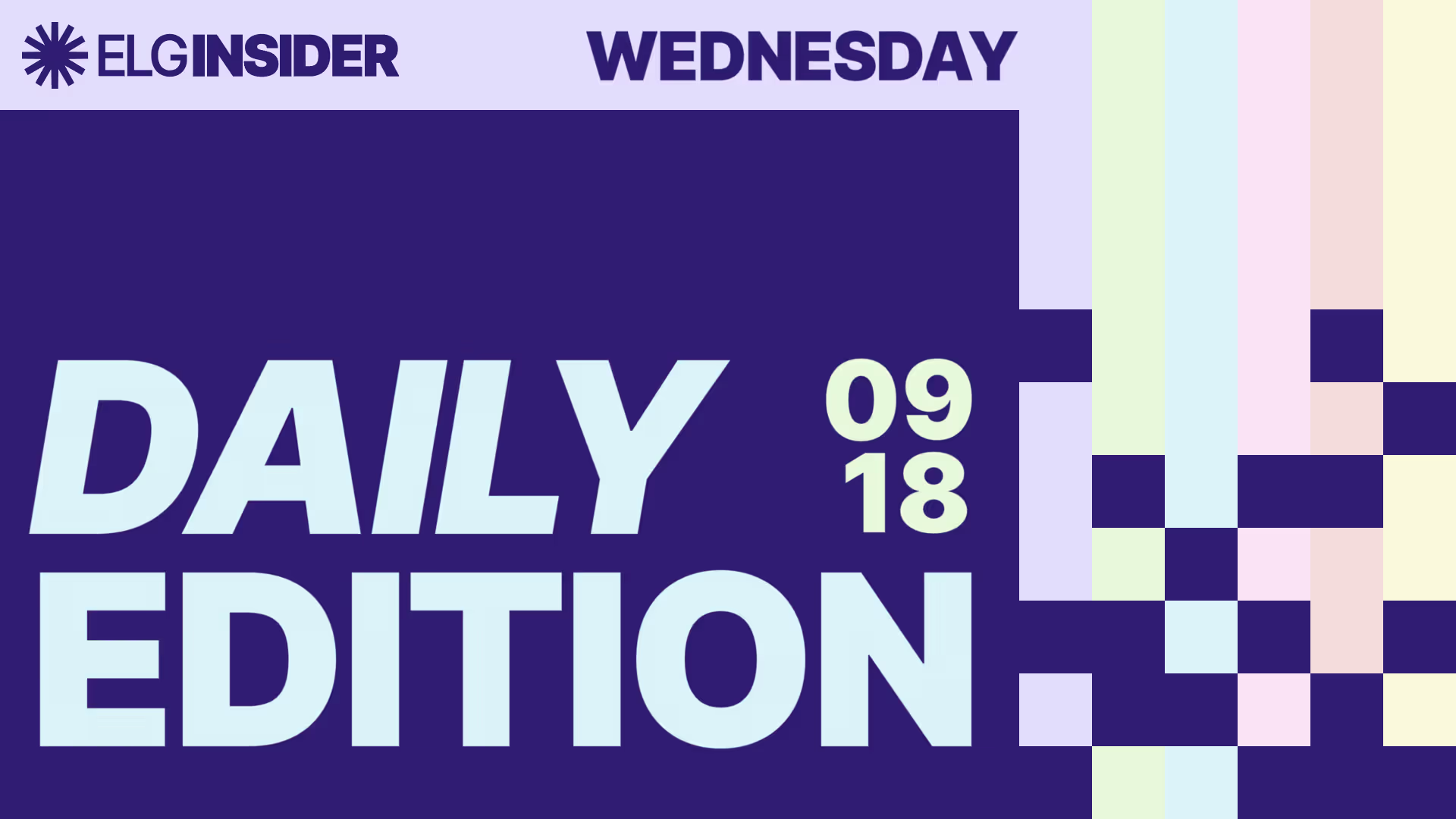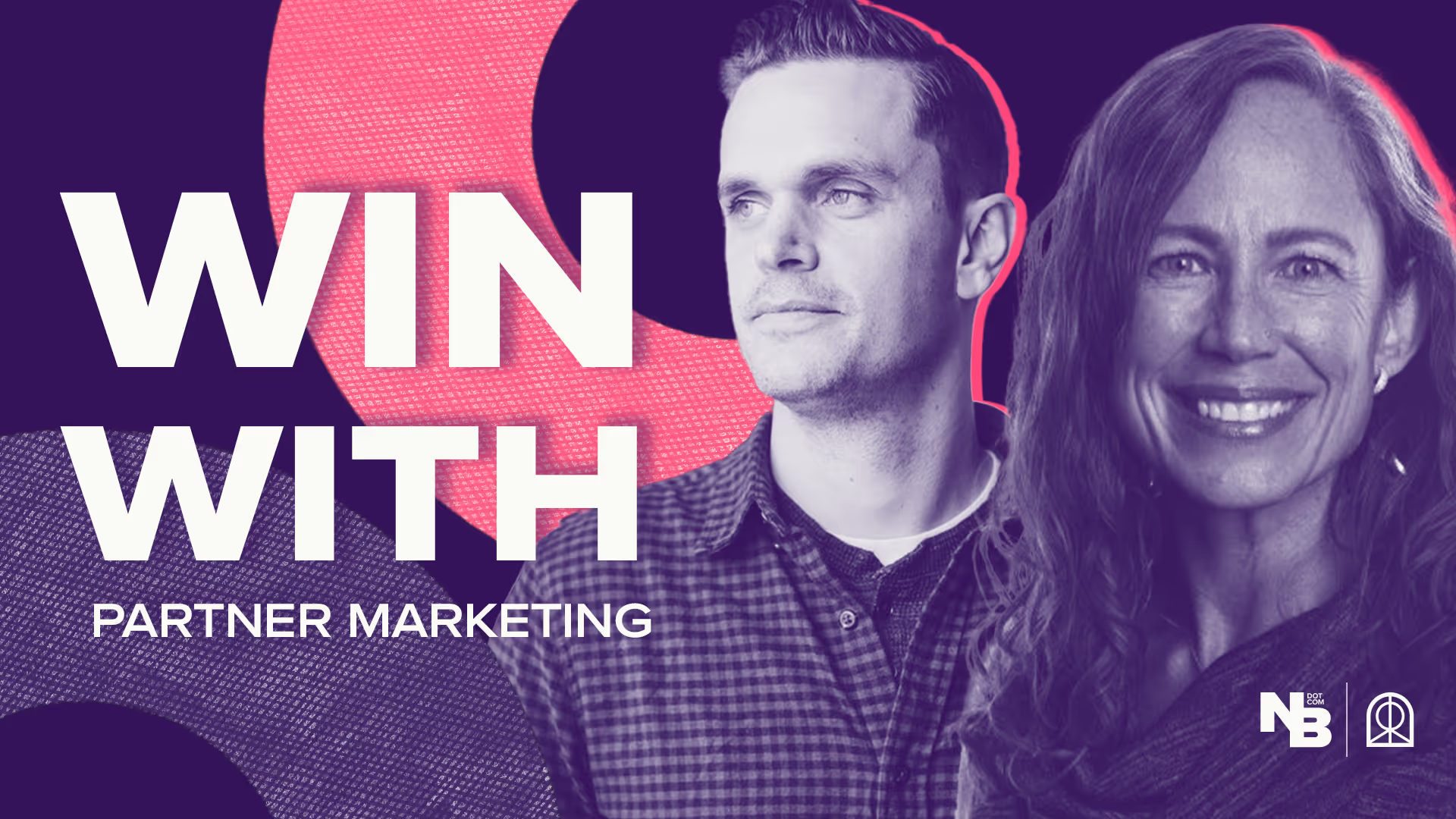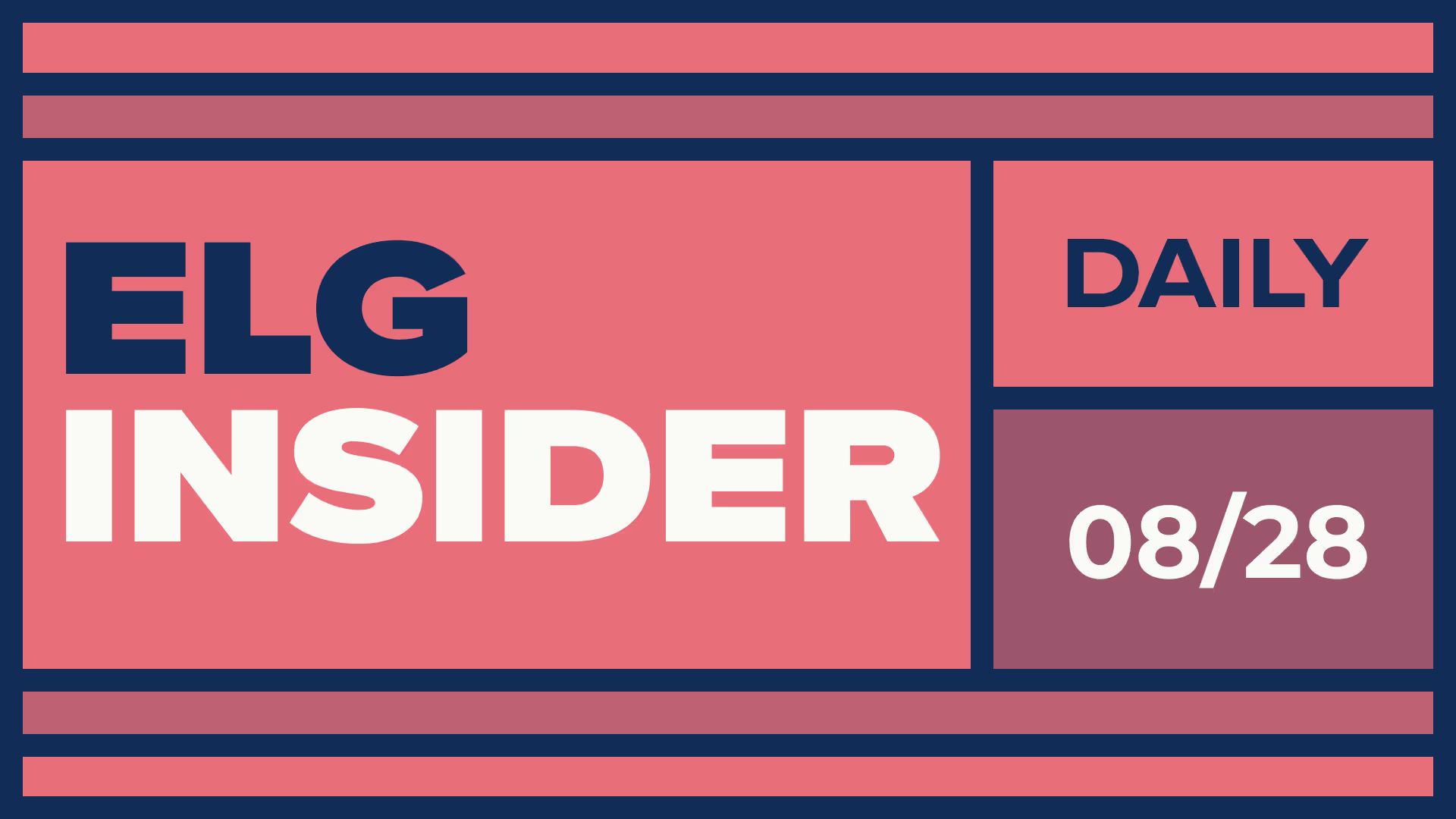Discover how sales teams can overcome GTM misalignment in 2025 using Crossbeam, Gong, and Clay integrations to drive pipeline, prioritize accounts, and prove partner influence.

One of the biggest go-to-market (GTM) challenges in 2025? Alignment. According to the 2025 Future of Revenue Report, misaligned teams are 70% more likely to report extended sales cycles.
And that’s just the beginning.
Misalignment results in duplicated efforts, wasted marketing spend, and inconsistent customer experiences. These inefficiencies increase customer acquisition costs and chip away at profitability.
But misalignment isn’t just about communication breakdowns or skipping your weekly sync with marketing or partnerships. It often comes down to siloed tools and workflow bottlenecks. In fact, 47% of organizations say that data siloing and poor accessibility are their top obstacles to gaining marketing insights.
Just imagine: your marketing team is tracking leads in Google Analytics, partnerships is operating in Crossbeam, and you’re managing pipeline in Salesforce or HubSpot. Everyone’s doing their part — tracking KPIs, updating lead stages — but if your tools don’t talk to each other?
Total chaos.
This lack of cohesion causes poor lead handoffs, unclear ownership, and missed conversion opportunities. Your team ends up wasting 12 hours per week chasing siloed data. And it’s getting worse: 68% of respondents in DATAVERSITY’s 2024 Trends in Data Management survey cited data silos as their top concern — up 7% from last year.
But it doesn’t have to be this way.
Ring the Gong: A new webinar series
Ring the Gong is a new webinar series created for sales leaders who want to close more revenue, faster, and without overhauling their entire tech stack.
Powered by Crossbeam and Gong, the series showcases the tools, integrations, and workflows that actually drive results across pipeline acceleration, stakeholder engagement, and partner influence. Each episode features a guest partner and real-world tactical plays that revenue teams can put into action immediately.
In the first episode, Clay took the spotlight.
Solange Levy, GTM Engineer at Clay, joined Patrick Burke (GTM Technology Partner Manager at Gong), Gdaly Berlin (Solutions Consultant at Crossbeam), and Kevin Linehan (Director of Partnerships at Crossbeam) to demonstrate how Gong, Crossbeam, and Clay can work together to streamline your revenue stack — and turn alignment into impact.
Together, they shared how to:
- Unlock better visibility into account potential
- Multithread more effectively across key stakeholders
- Attribute partner influence more clearly throughout the deal cycle
Benefits of the Crossbeam, Gong, and Clay integrations
When Crossbeam and Clay integrate, they bring partner ecosystem data directly into your prospecting workflow. Through this native integration, revenue teams can overlay Ecosystem Intelligence — like shared customers, open opportunities, and co-selling potential — right into their Clay tables. This gives GTM teams instant visibility into which accounts to prioritize and why.
For companies like BEMO, integrating Crossbeam and Clay was a game changer. By syncing ecosystem data with their outbound workflow, Enrique and his team were able to uncover high-fit, partner-connected leads they would have otherwise overlooked, dramatically improving their ability to prioritize and engage the right accounts at the right time.
The results speak for themselves:
- They went from booking 10 meetings in 10 months to consistently booking 5–10 meetings per month, each tied to $100K–$300K ARR deals (a 900% improvement in outbound performance).
- Outbound emails are now generating a 10% reply rate.
- The team drove $1.8M in pipeline in just six months.
- And Enrique made company history as the first BDR to hit outbound meeting goals at BEMO.

The integration between Crossbeam and Gong brings partner insights directly into where sellers spend their time: in call reviews, pipelines, and deal rooms. With Crossbeam Copilot for Gong, sellers can see which partners are working with a prospect, who to ask for a warm intro, and how recently that partner closed a deal with the account — all without leaving Gong. This makes it easy to identify influence, build co-selling momentum, and prove partner impact, helping partnerships and sales stay aligned in real time.
Finally, the Gong and Clay integration brings conversational intelligence into your data enrichment and research workflows. By syncing Gong call data into Clay, teams can automatically tag accounts with insights like interest signals, partner mentions, and buyer intent. Clay’s AI agent, Claygent, can then combine this context with firmographic and technographic data to prioritize outreach and fine-tune messaging. With this integration, teams no longer have to sift through call notes or jump between tools — they get a smarter, faster way to act on key moments that move deals forward.
The Crossbeam, Gong, and Clay integrations in action
Play #1: Uncover your highest-value accounts, automatically
This play centers around Clay — though it integrates with Crossbeam and Gong, the action starts here.
Your stack:
- Clay: Base of operations and data enrichment to spot high value accounts
- Crossbeam: Overlay Ecosystem Intelligence
- Gong: Embed call transcripts and insights
Here’s how to run it:
Step #1: Import partner data via Crossbeam
In Clay, open your partner table and connect Crossbeam. You’ll now see which accounts overlap, like whether they’re your partner’s customers, open opportunities, or prospects (and vice versa).

Step 2: Sync with Salesforce
Use Clay’s Salesforce integration to match records by object or email domain. This ensures your account data is accurate and aligns with the current deal stage.

Step 3: Define your prioritization criteria
Use Clay’s formulas to classify accounts as high, medium, or low priority. For example:
High priority = Your open opportunity + Partner’s customer + Previous engagement
This logic will drive how Clay tags your accounts.

Step 4: Enrich with firmographic and technographic data
Clay pulls from providers like HG Insights and People Data Labs to add revenue, employee size, tech stack, and more.

Step 5: Use Claygent to research tech usage
Claygent — Clay’s AI agent — will scan websites and synthesize which tools your prospects use. It populates these insights directly into your Clay table.

Then that data will be shown in your Clay table within different columns to help you better understand what tools are your prospects using.

Step 6: Determine ICP fit
Claygent will also review company websites to evaluate whether an account matches your Ideal Customer Profile — helping you stay focused on high-fit prospects.

Step 7: Add Gong’s interaction data
Gong will show which accounts are engaging with your team, summarize call transcripts using AI, and reveal if a partner was mentioned — or if a partner-led implementation was needed.

Play #2: Multithread with key decision makers to close complex deals
This play is all about Gong, though it integrates tightly with Crossbeam and Clay.
Your stack:
- Gong: Identify gaps in stakeholder engagement
- Crossbeam: Reveal partner connections and contact information
- Clay: Enrich contact info
Here’s how to run it:
Step 1: Spot single-threaded deals
In your Gong pipeline dashboard, identify deals where only one contact is engaged. Gong will flag missing decision-makers — often the reason deals go dark.

Step 2: Track stakeholder involvement
Gong lets you tag which contacts your POC needs approval from (and from who) and whether you’re engaging at the right power level. It’ll alert you if more stakeholders are needed.

Step #3: The next step is to get the contact information from those missing stakeholders that you should involve in your deal. To get them, leverage Crossbeam Copilot for Gong. This widget will show you:
- Which partners are already working the account
- Your best partner for a warm intro
- Recent partner deal activity
- Who the economic buyers are
- Who to reach out to for introductions

Step 4: Enrich with Clay
Feed your updated stakeholder list into Clay to fill in missing contact info and firmographics. Now your AE knows exactly who to reach out to — and how.

Play #3: Track and prove partner influence on revenue
This one’s all about Crossbeam, with backup from Clay and Gong.
Your stack:
- Crossbeam: Attribution engine
- Gong: Surface partner mentions in calls
- Clay: Add context and visibility
There are two ways to run this play:
Way #1: Give your team visibility into your ecosystem
Step 1: Import Ecosystem Intelligence into Clay
Add partner intel like:
- Account name
- Partner name
- Partner population (customer/prospect/etc.)
This forms your "breadcrumb trail" for potential partner influence.

Step 2: Use Crossbeam’s Activity Timeline
Go to Crossbeam’s Activity tab and select Timeline. Here’s where you’ll be able to track account movements throughout your sales cycle and see what actions were taken in Crossbeam Copilot.

Step 3: Identify partner mentions in Gong
Through the Gong-Crossbeam integration, search for when partners were mentioned in conversations. This is your proof of partner impact on the deal.

Way #2: Enable direct co-selling conversations
Step 1: Use Crossbeam Copilot in Gong
Your reps can view partner intelligence directly within Gong and even contact partners without leaving the platform.

Step 2: Message partners with a co-selling template
Hit “Message” and send your partner a context-rich co-sell request, making it easy to collaborate.

Step 3: Track influence and assign attribution
All conversations are logged in Crossbeam for Sales. Once the deal closes, Partner Managers can assign attribution — sourced or influenced — which syncs back to your CRM for full-funnel reporting.

This attribution will be shown in Crossbeam and in your CRM (the good thing is that you’ll be able to go back and trace all the bread crumbs, thanks to the link that leads to your Crossbeam for Sales and your partner conversations).

From chaos to clarity — align for revenue impact
Revenue teams can’t afford to work in silos. Misalignment between tools, teams, and data flows isn’t just an operational headache — it’s a revenue killer.
But with the right strategy and integrations, your tech stack can become a growth engine.
By implementing these three plays (automating account prioritization, multithreading with key stakeholders, and proving partner influence), you give your team the visibility, efficiency, and focus they need to drive results. No more tool juggling. No more chasing data. Just clear, coordinated motion across marketing, sales, and partnerships.
Because when your stack is aligned, your team isn’t just working — they’re winning.
And that’s when it’s time to ring the gong.
Book a free ELG strategy call, to learn how you can Gong, Clay, and Crossbeam together to uncover high-value accounts automatically, engage the right stakeholders to close complex deals, and track and prove partner influence on revenue.


.jpg)




.png)






.jpg)





.jpg)

.webp)


















.webp)




















































